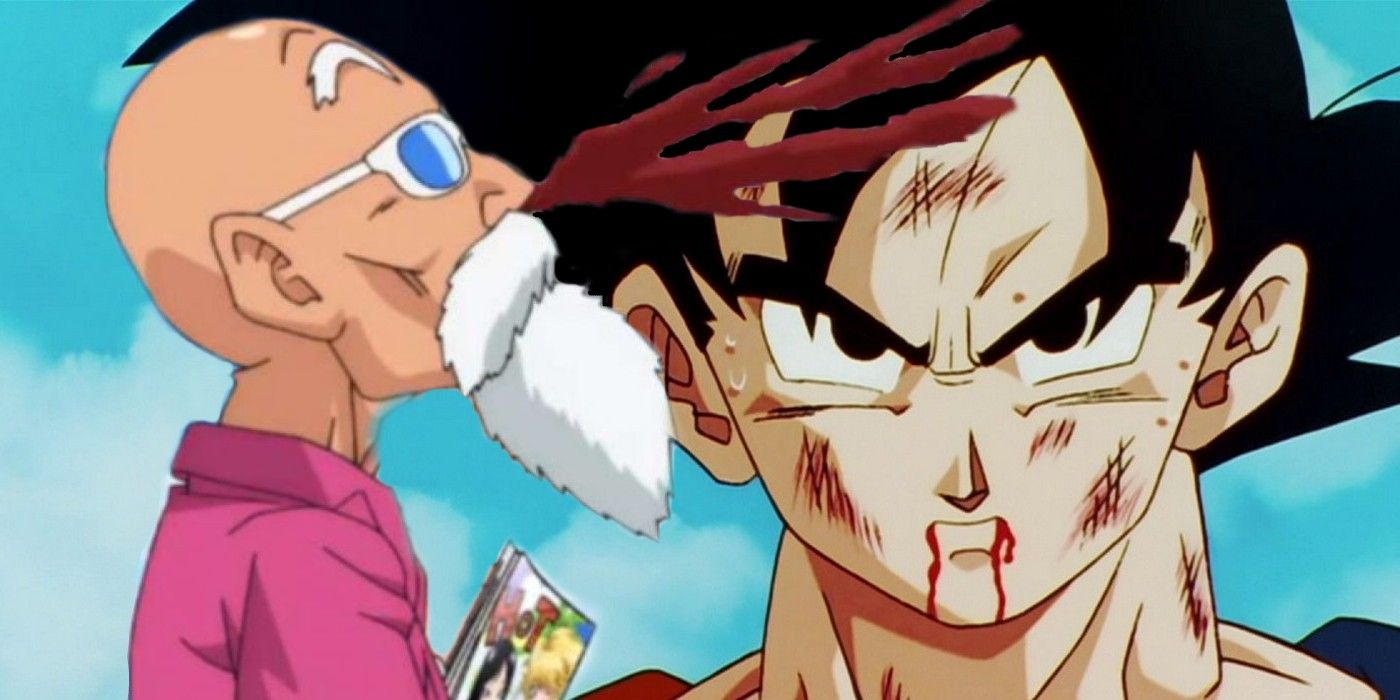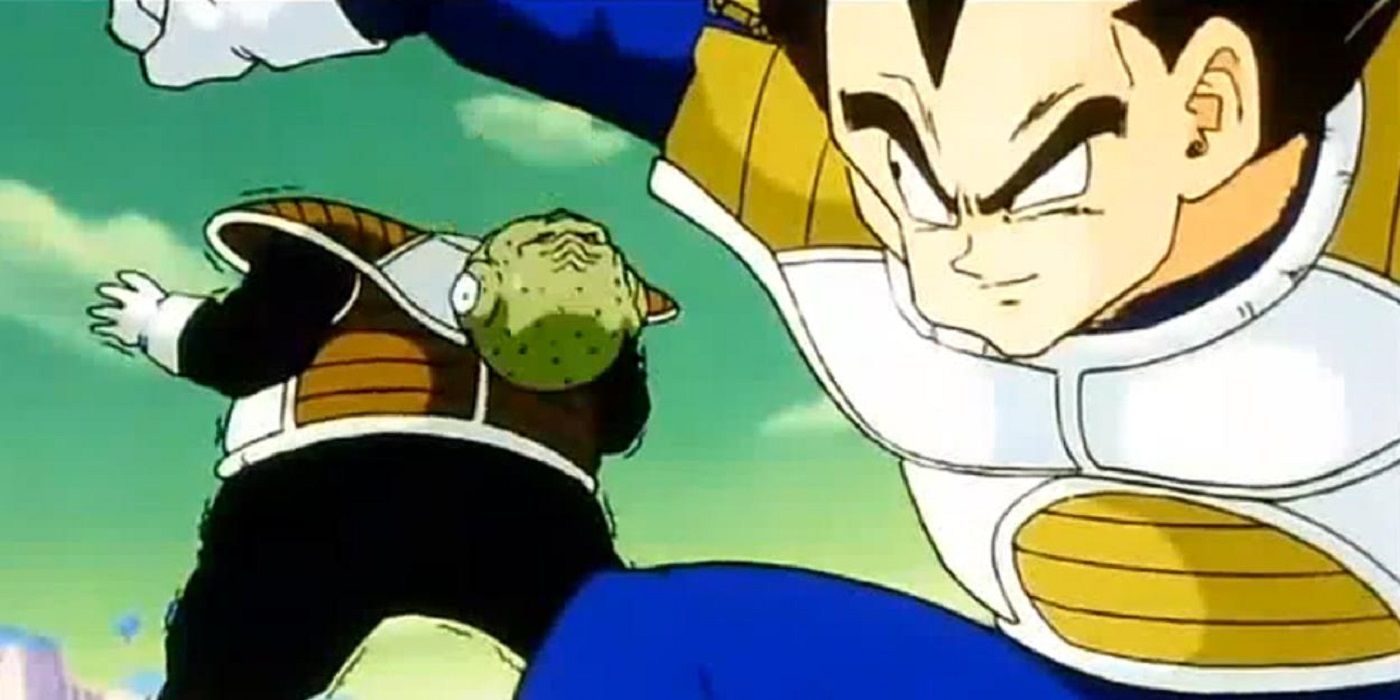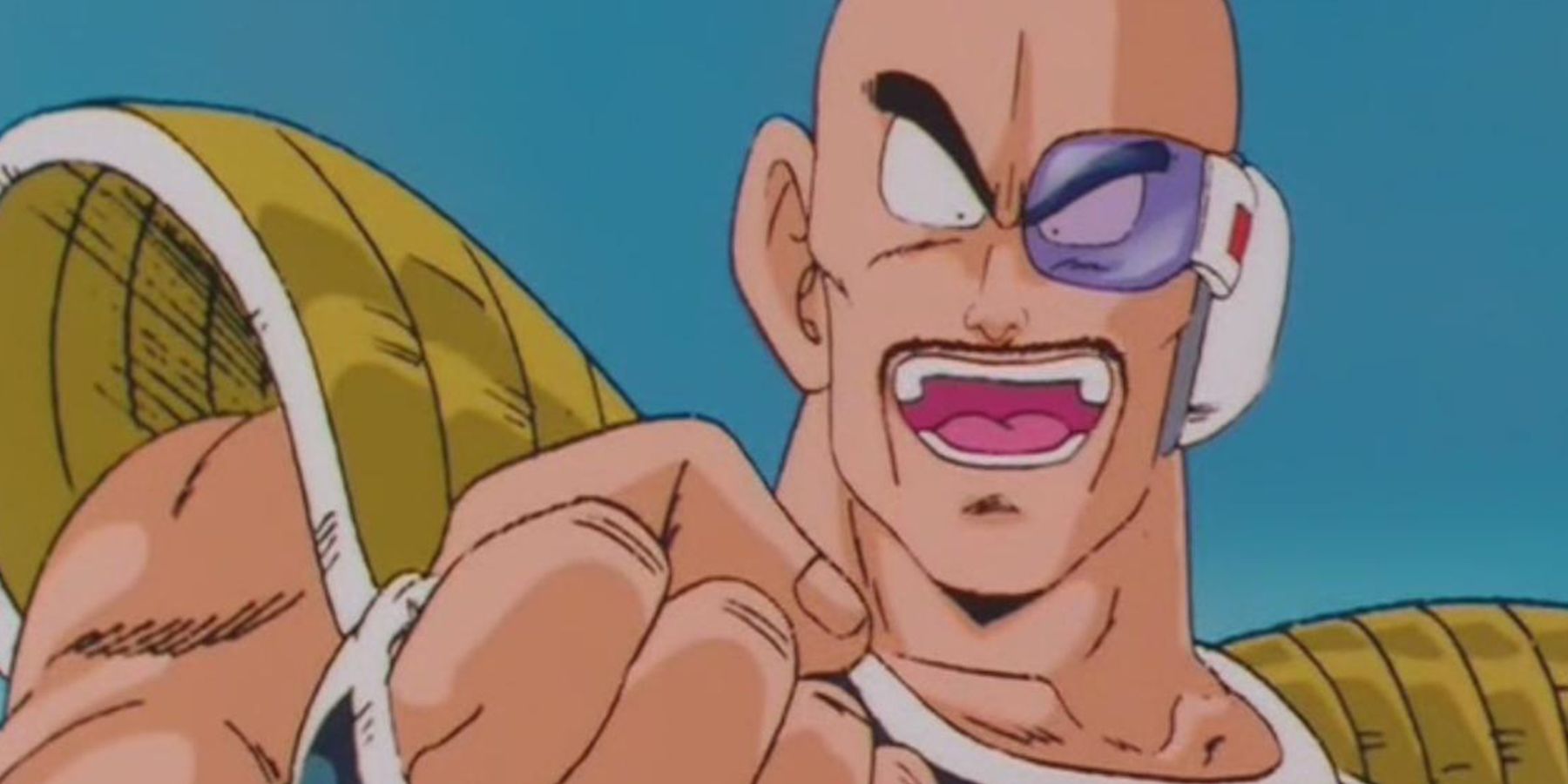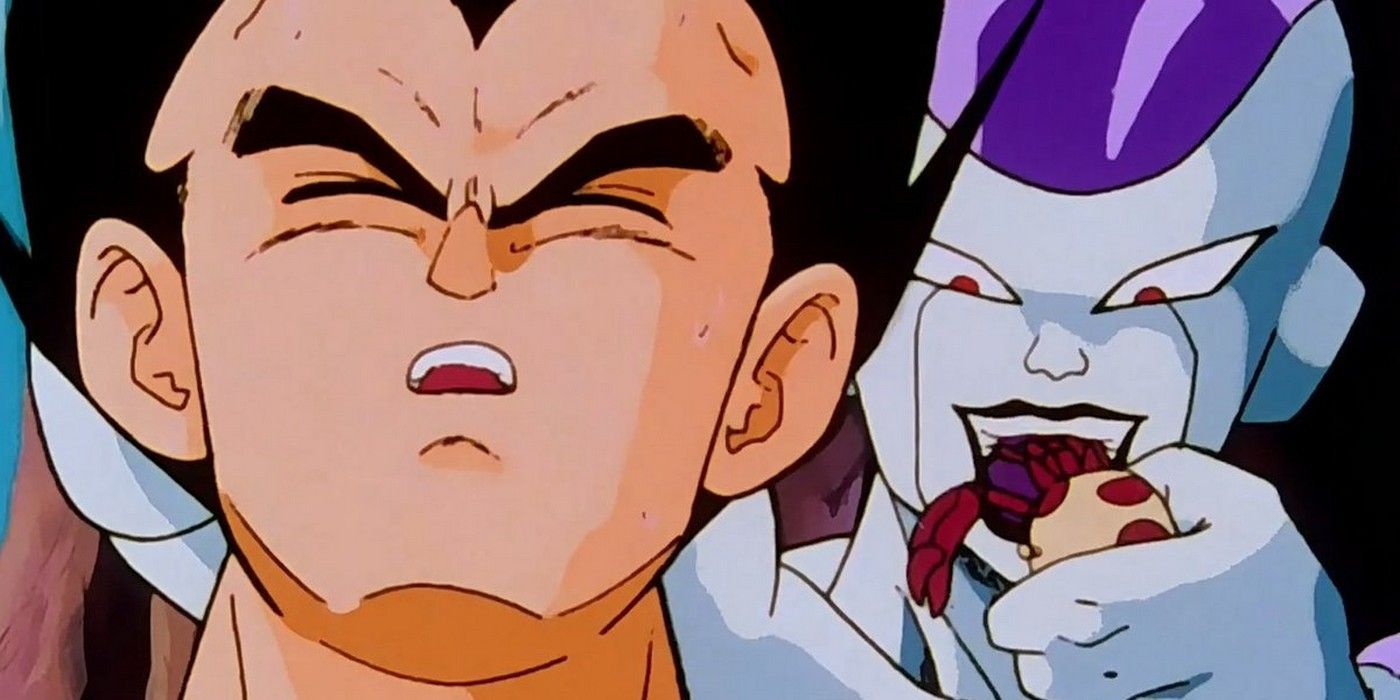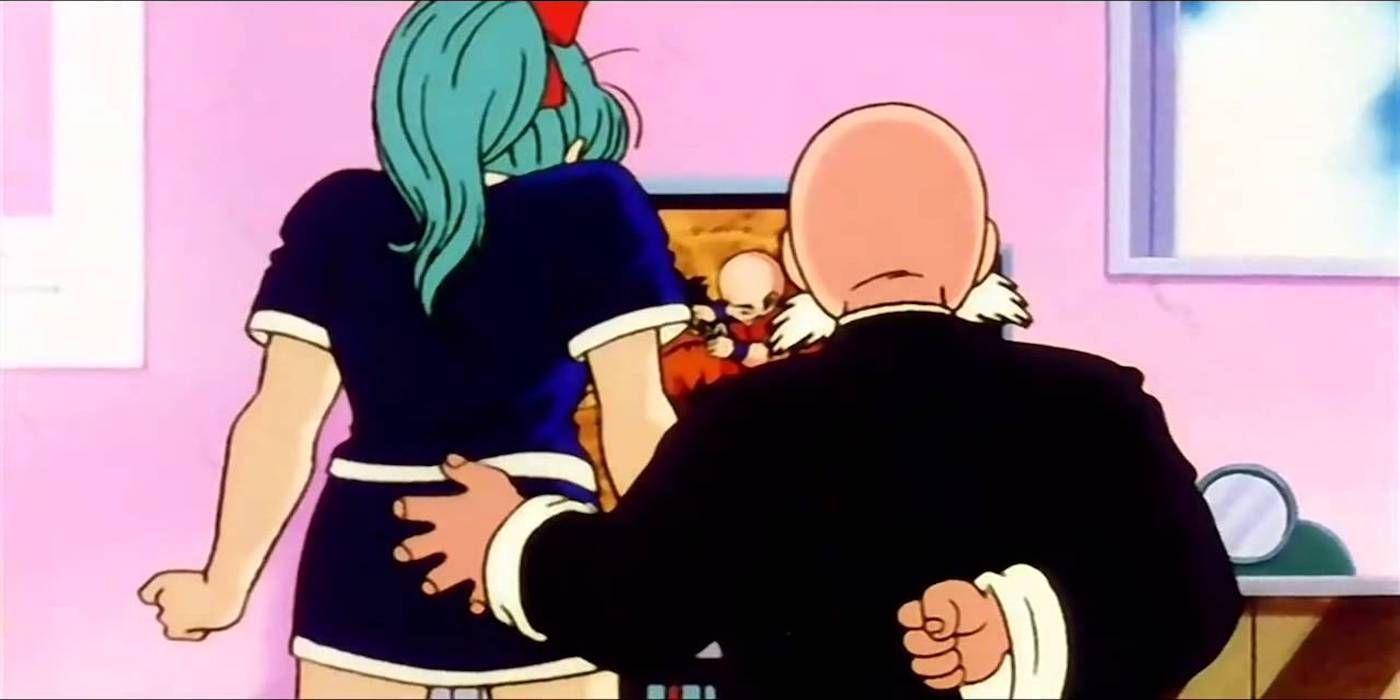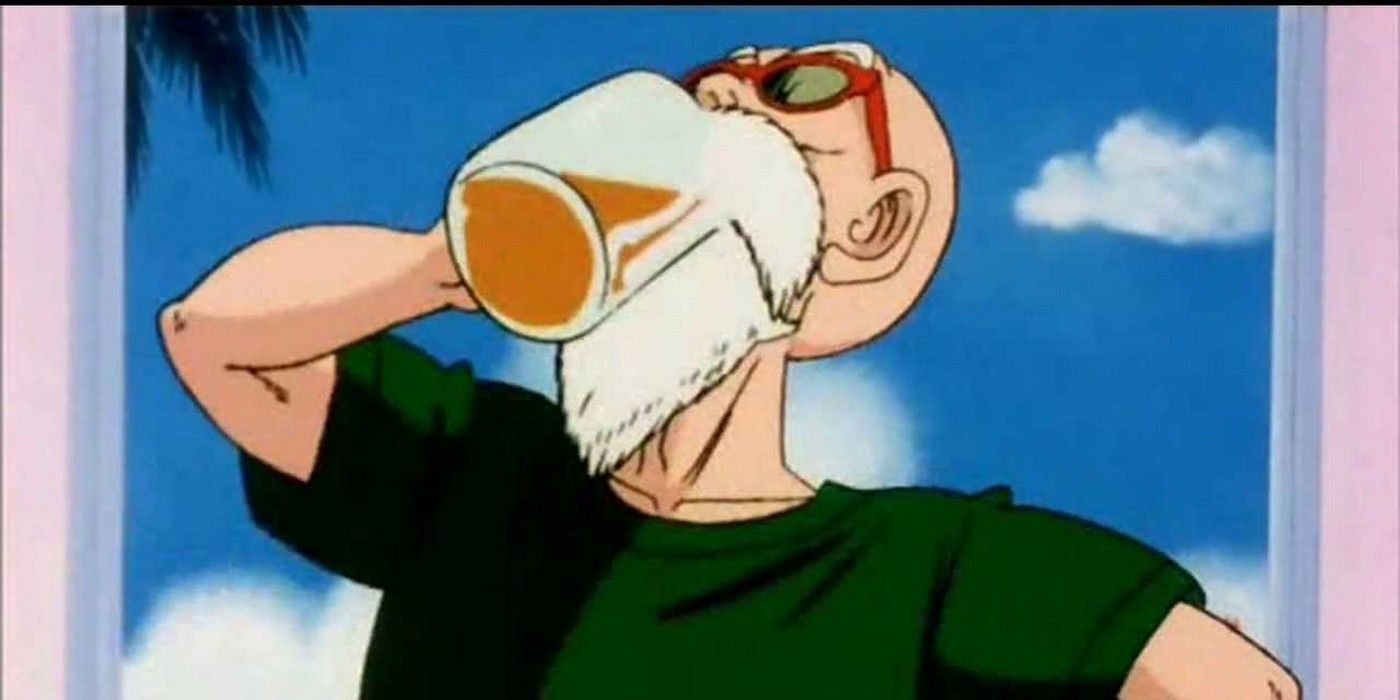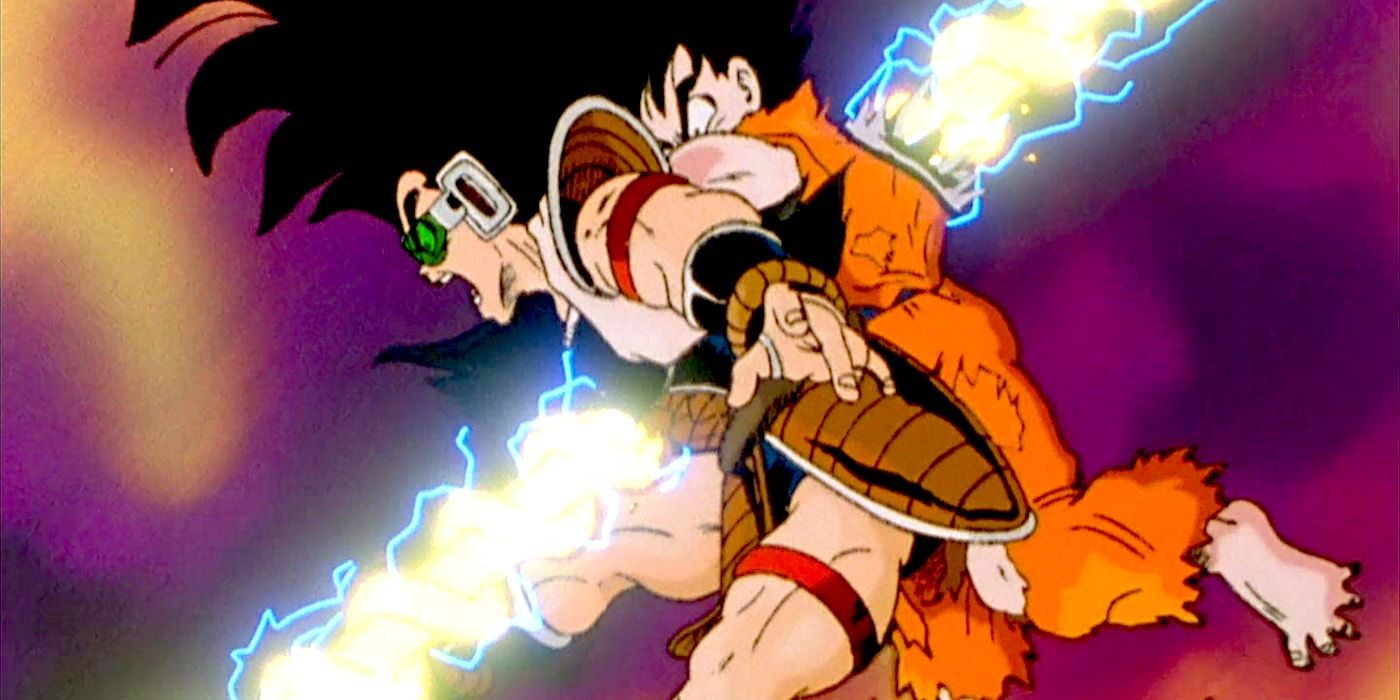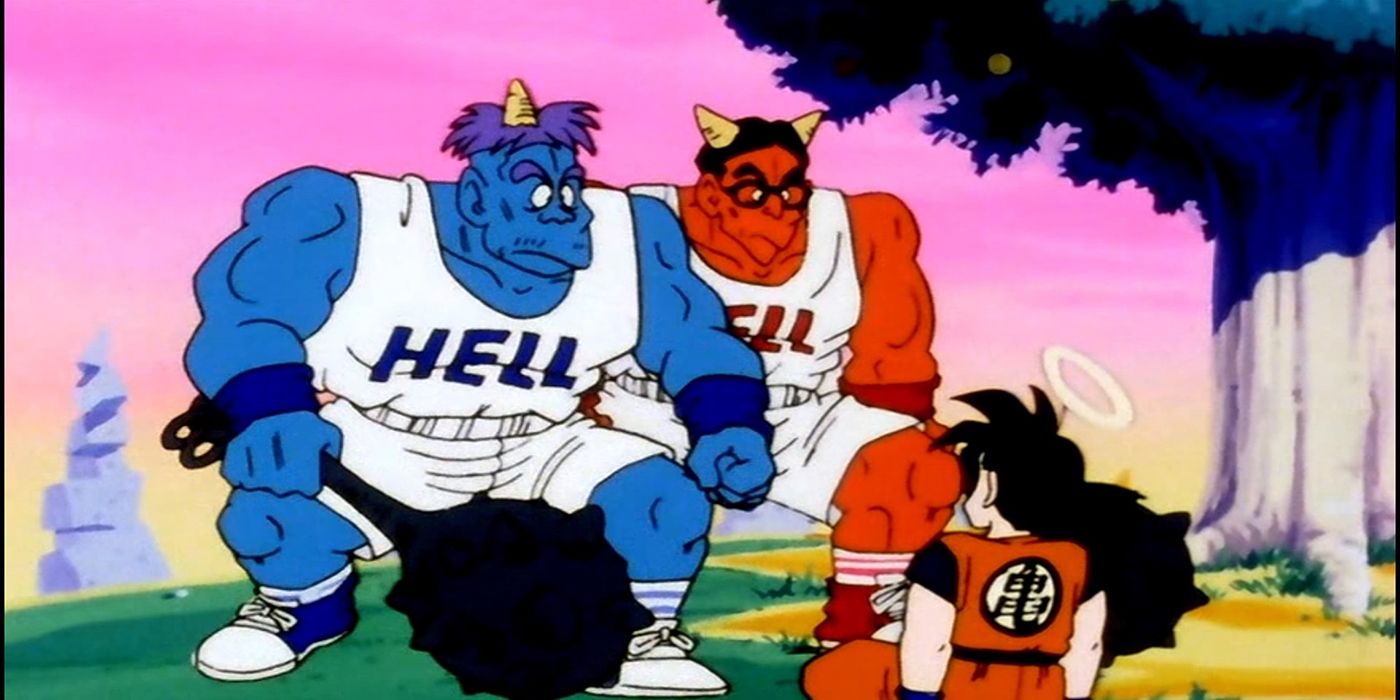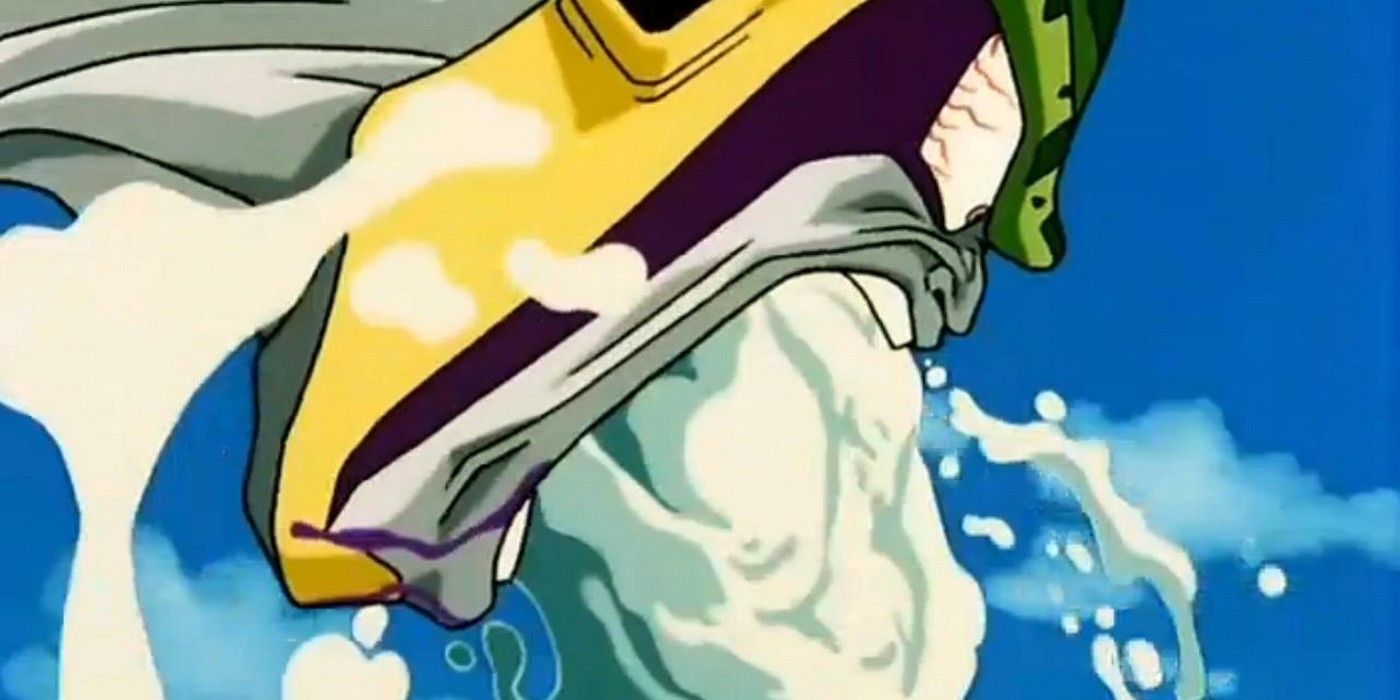How heavily was Dragon Ball Z censored during its journey to U.S. shores? It's no secret that Japanese and western audiences hold very different views on animation. Where the west traditionally views cartoons as a kids' medium, Japan has a long and proud history of anime titles filled with violence, sex and gore. The balance has evened out somewhat now that anime can claim to be a truly global phenomenon, but when Dragon Ball Z first aired in 1989, the status quo was in full effect.
Following on from Akira Toriyama's Dragon Ball series, Dragon Ball Z tells the story of Goku as an adult, turning the franchise into a more action-based anime and delving deeper into the world of science fiction. Dragon Ball Z also exploded popularity-wise, spearheading a wave of international anime interest that the likes of Naruto, Bleach and My Hero Academia owe a great debt to. Unfortunately, the version of Dragon Ball Z once enjoyed by Japanese fans wasn't exactly what aired on U.S. screens.
Because American cartoons are naturally geared towards younger viewers, Dragon Ball Z arrived from Japan with many scenes that simply wouldn't be found in an English language cartoon. There were also cultural differences to consider - scenes that are commonplace in Japanese media but might prove controversial in western society, and vice versa. Consequently, many discrepancies exist between the various Dragon Ball Z edits - here are all the changes made to Goku's story for the benefit of U.S. viewers.
Violence
Dragon Ball Z is an inherently violent story, and the American edit retained plenty of intense action, but still ended up vastly toned down compared to the Japanese version. During the battle between the Z-Warriors and the invading Saiyans, both Yamcha and Piccolo's corpses quickly disappear after their respective defeats, so as to avoid showing dead bodies. The same happens with Goku following his clash with Raditz. Meanwhile, several scenes where Vegeta brutally attacks Yajirobe were removed from the original Dragon Ball Z, making their fight less impactful.
On Namek, the Ginyu Force take a much harsher pounding in the Japanese telling of Dragon Ball Z. For example, Guldo is decapitated by a blast from Vegeta, but his detached head can still speak from the ground. This sequence was changed to keep Guldo's head firmly on his shoulders, and any scene where the dismembered head spoke was cut. A similar scenario would later occur with Babidi, who was beheaded by Buu, resulting in a spurt of blood. This scene was curtailed for Toonami so that the wizard died faster, rather than lingering after his decapitation and accentuating the fatal injury.
Gun violence is obviously a more pressing topic in the United States than in Asia, and while firearms don't play a major role in Dragon Ball Z, there is one famous scene involving Mr. Satan and Buu. In a moment John Wick would empathize with, Majin Buu befriends a dog and begins living peacefully with Mr. Satan, but a gunman murders the animal, bringing Buu's violent nature to the fore. Dragon Ball Z's Toonami release heavily played down this sequence, merely alluding to the action rather than showing it explicitly, and altering the sound effects to less realistic "pews." During Goku's journey on Snake Way, a filler scene in which one of Princess Snake's assistants dies playing Russian Roulette was dropped for similar reasons.
Even the word "kill" was taboo in Dragon Ball Z's western edit. For the 2002 Toonami airing, Gohan threatens to "destroy" Buu rather than kill him, and when Piccolo tries to distract Buu by telling him to play with Earth's cities, he doesn't specify killing the citizens, as in the original cut.
Death Of Civilians
During the Saiyan invasion of Earth, dialogue was added to emphasize that Nappa's attacks were on empty or evacuated cities, assuring viewers that no innocents had been killed. Civilian deaths were subject to even heavier censorship when Dragon Ball Z moved the action to Namek. Virtually any Namekian that died in the original edit was made to look alive in the English dub, which involved the removal of neck-snaps and torso holes, adding breathing sounds to corpses, and redirecting ki blasts. Strangely, Dragon Ball Z also lightened-up the death of the Namekian elder, even though Guru's passing was entirely natural.
If covering up the death of innocent people was tricky during the Saiyan and Namek sagas, it was nigh-on impossible during the Majin Buu saga, in which the pink, squishy villain destroys the entire population. Although Earth's apocalypse couldn't be removed from Dragon Ball Z entirely, Buu's mass slaughter was heavily scaled back, with any scenes of regular folk being killed instantly ousted.
Child & Animal Abuse
It's the very nature of anime that young characters must often be involved in deadly, drag-out fights. Although the likes of Goku and Krillin are fully-grown adults in the Dragon Ball Z era, Gohan is still a child, and some of the youngster's more upsetting scenes were deemed too cruel for western television. To make the character look less distressed, Gohan's tears are edited out when Raditz captures him, and a scene in which Raditz slaps Goku's son is also omitted. Instead, Gohan rolls across the ground as if his dastardly uncle just tossed him aside.
Although violence against animals evidently wasn't too problematic for Dragon Ball Z's censors, one particular scene went too far. During the battle between Frieza and Vegeta on Namek, the Saiyan is knocked into a lake. When he emerges from the water, a crab is clinging to Vegeta's back, and Frieza originally ate the creature in a shocking moment many viewers across the world wouldn't have seen.
Sexual Scenes
Fans of the initial Dragon Ball series had the uncomfortable experience of seeing a naked Goku parading around without a thread of clothing on several occasions. Dragon Ball Z tried to repeat the trick with Gohan, but U.S. censorship was ready and waiting with a handy piece of foliage or some conveniently placed rubble to cover up the half-Saiyan's dignity. For example, a shred of Vegeta's blue costume falls over Gohan's bare backside after he returns to human form during the Saiyan saga's final battle.
Unsurprisingly, however, most of the sexual censorship in Dragon Ball Z can be attributed solely to Master Roshi - a character that has not aged well, to put it mildly. In the Saiyan saga, Roshi receives a slap for trying to grope Bulma's chest, but this moment was wisely edited out, and the same fate befell a later scene where the pervert reaches for her butt. This awkward back-and-forth between Bulma and Roshi was a mainstay of Dragon Ball Z, present from the arrival of Raditz to the latter stages of the Buu saga. Bulma wasn't the only recipient of Roshi's unwanted advances either, and a scene between Goku's sensei and a nurse was rightly omitted.
As Dragon Ball Z's roster of female characters increased, so too, unfortunately, did Roshi's inappropriate behavior. As he did far too often with Bulma in the past, Roshi made breast-related sexual passes at both Android 18 and Videl, usually receiving a slap for his troubles. These light-hearted depictions of sexual assault weren't included for viewers on American shores. When Roshi isn't busy trying to force himself upon women, he collects adult magazines - not that western audiences would know, as the covers were blanked-out.
Cigarettes & Alcohol
Master Roshi is a sexual predator in Dragon Ball Z, that much is known. But the sinful sensei also enjoyed the odd alcoholic beverage, though this was deemed too mature by American censors, who routinely altered the Turtle Hermit's ale. Dragon Ball Z's beers were changed to bright blue water or milk, anything to avoid looking like alcohol and promoting drinking to impressionable young viewers. Even the word "beer" proved too rich for Funimation's blood, and was digitally replaced by "root" instead, suggesting a non-alcoholic alternative. Cigarettes get a similar treatment. In the very first Dragon Ball Z episode, Raditz encounters a smoking farmer, but the U.S. version removed the offending piece of tobacco, leaving the character's mouth empty. Fellow smokers like The Ox King and Bulma's father were also deprived of their fix.
Blood
For western viewers in the late 1980s and early 1990s, blood in cartoons was virtually unheard of, and incidences of the red stuff were largely removed from the original Dragon Ball Z. The death of Raditz is a gory affair in the Japanese anime, but the English version alters Piccolo's blood from red to green, making it less realistic, while the Namekian's Special Beam Cannon goes straight through Raditz without piercing Goku, and, remarkably, without spilling any claret.
The fight between Zarbon and Vegeta on Namek is a similarly no-holds-barred affair, with the Saiyan taking out years of pent-up anger on Frieza's henchman. However, their duel was far tamer for U.S. viewers due to the removal of blood from both characters, as well as a general toning down of the action. Vegeta originally pierced Zarbon with a punch and again with a Galick Gun, but neither penetrated him in the edited version aired in the west. Zarbon's turquoise blood was subsequently cleaned from Vegeta's gloves to match the fight's less mature tone.
Swearing & Blasphemy
In order to please the Christian demographics within the United States, any mention of Hell was removed from Goku's afterlife journey in Dragon Ball Z. The name itself was replaced by "Home For Infinite Losers," and where Goz and Mez once wore vests that read "HELL," these were changed to "HFIL" as an acronym for the cringe-worthy new name. Indeed, the western version of Dragon Ball saw a general shift away from the term "afterlife," preferring to use "other dimension" and even switching halos for orbs in one English dub. This theme continued when Earth's strongest charlatan was introduced, and the name "Mr. Satan" was replaced with "Hercule" - a reference to the brawny Hercules character in Greek mythology.
Dragon Ball Z's curse word censorship wasn't solely for religious reasons, with examples of swearing also removed. Both the Ginyu Force's Recoome and Babidi the wizard stick their finger up at Goku in frustration, and these moments were naturally removed for the benefit of the Toonami-watching American public. In another piece of censorship, Dende using the phrase "piss off" was initially muted in the English dub, but then removed for subsequent broadcasts.
Weird Censorship
It's no surprise that nudity and sexual harassment were removed from Dragon Ball Z ahead of the western release, and while fans might begrudge missing out on more violence, the decision to reduce the brutality is, at the very least, understandable. But, sometimes, scenes go missing without an obvious explanation. For example, Yajirobe is seen picking his nose during one episode, but this was altered to depict him just twitching his hand. While censors may want to shield the American youth from the dangers of nose-picking, most kids were probably already doing it before Yajirobe came along.
One of the defining moments during Gohan's battle against Cell comes when the young Super Saiyan delivers a heavy blow to Cell's stomach, forcing him to vomit up Android 18, whom he swallowed previously. For American viewers, this gross process was obscured, focusing more on Gohan's reaction and the aftermath than the actual regurgitation. In an even stranger example of Dragon Ball Z censorship, Goku telepathically contacts Master Roshi from the afterlife. Roshi is busy on the toilet at the time, and rushes out of the stall hastily pulling up his trousers. Where Roshi's leg was originally exposed as he emerged from the bathroom, the American edit moved his trousers all the way up.

